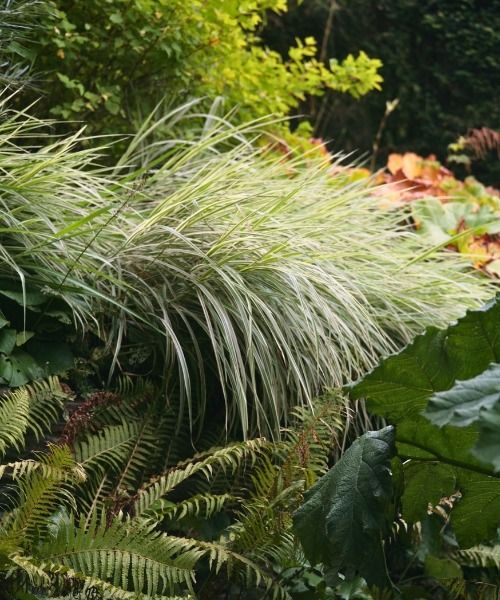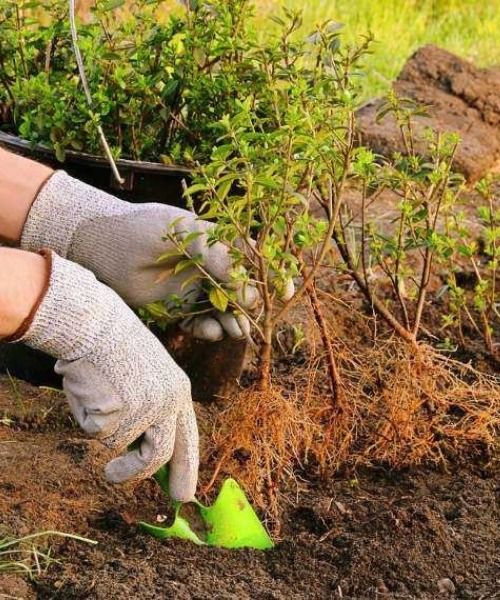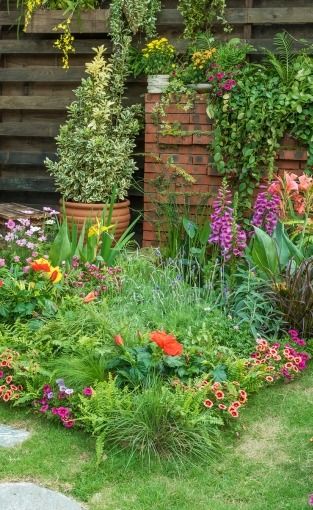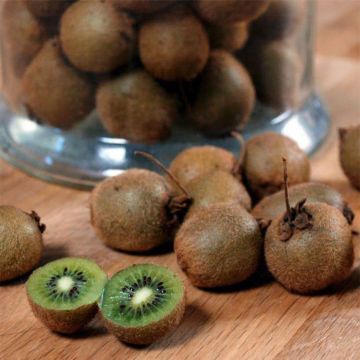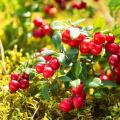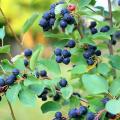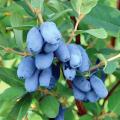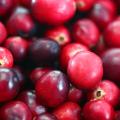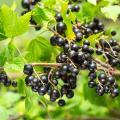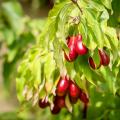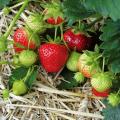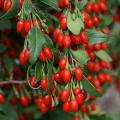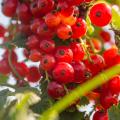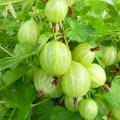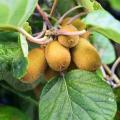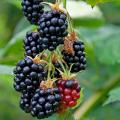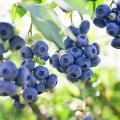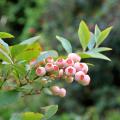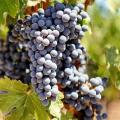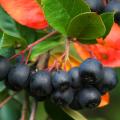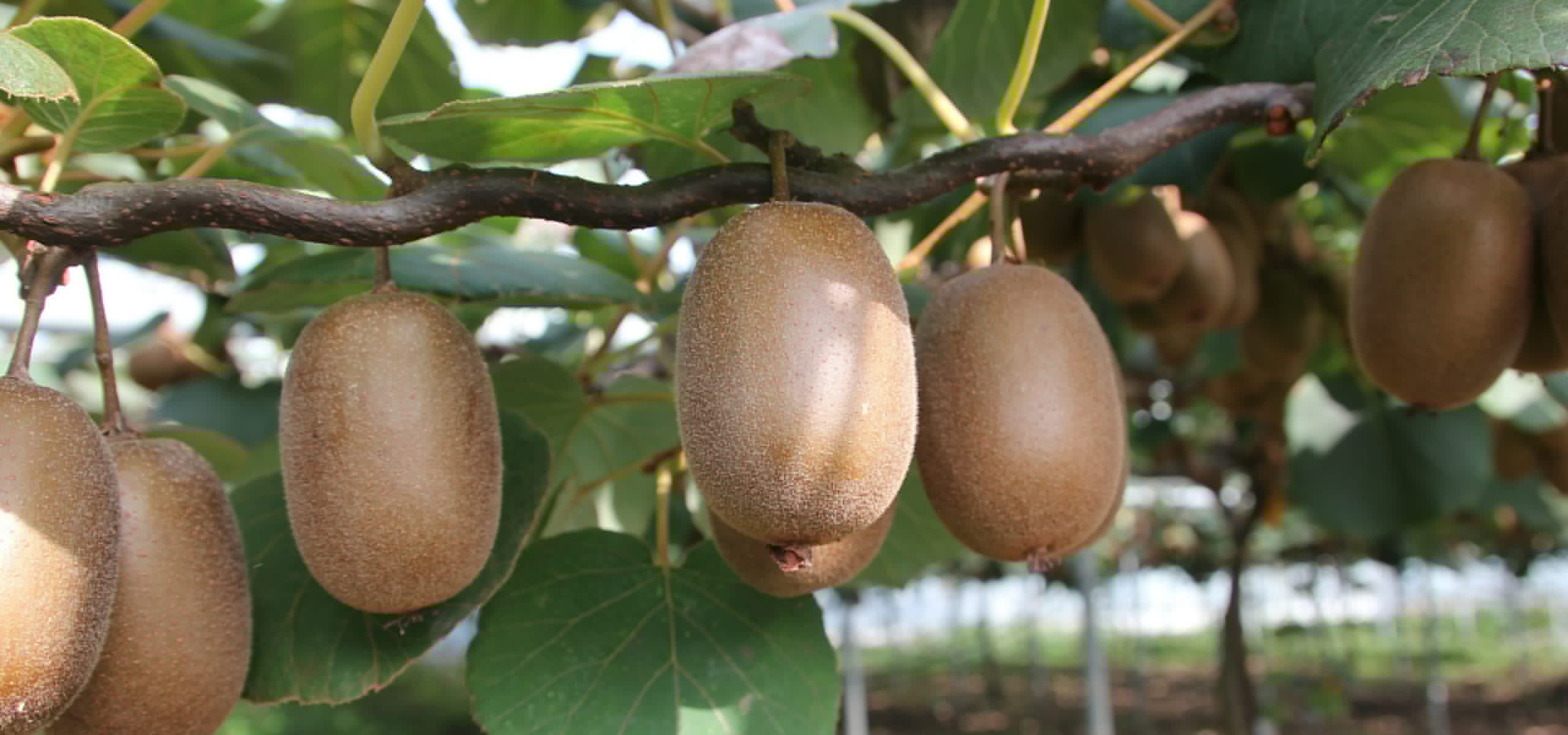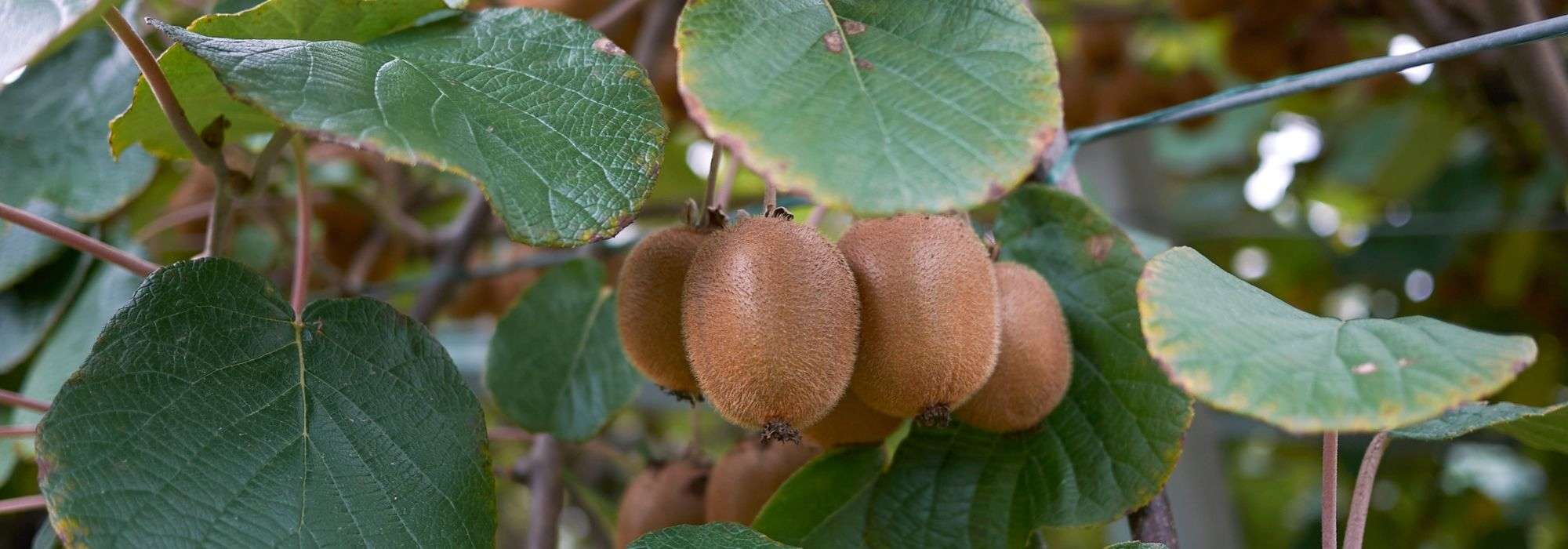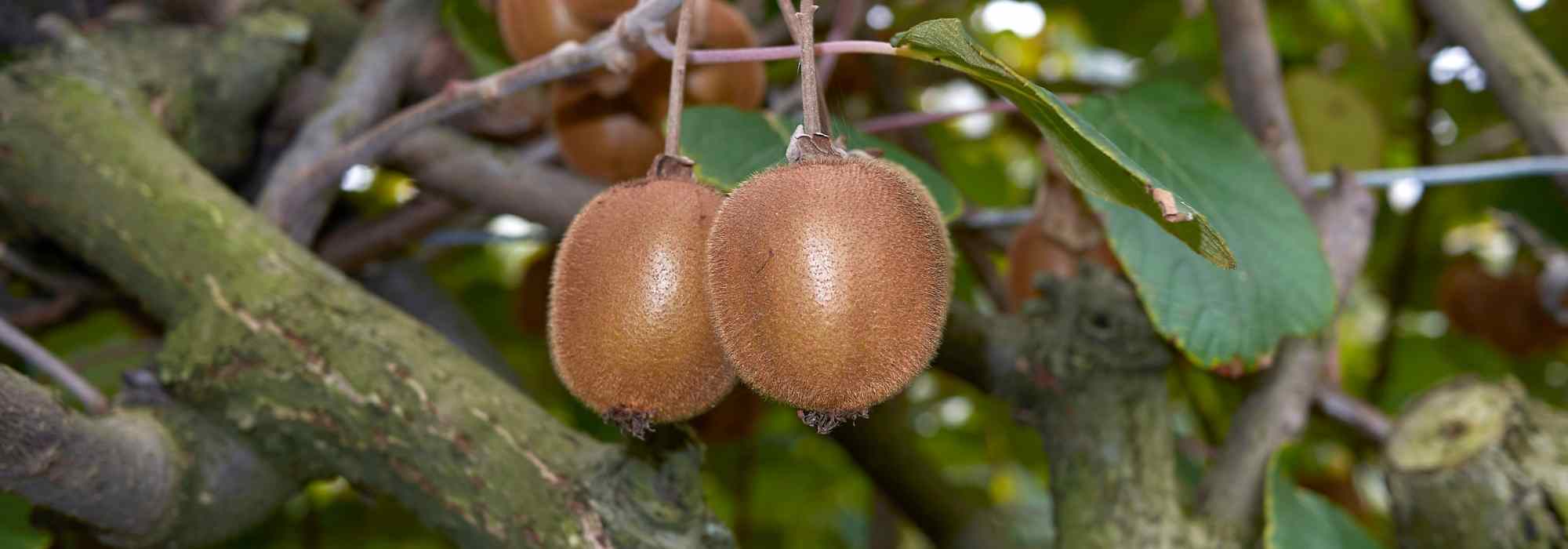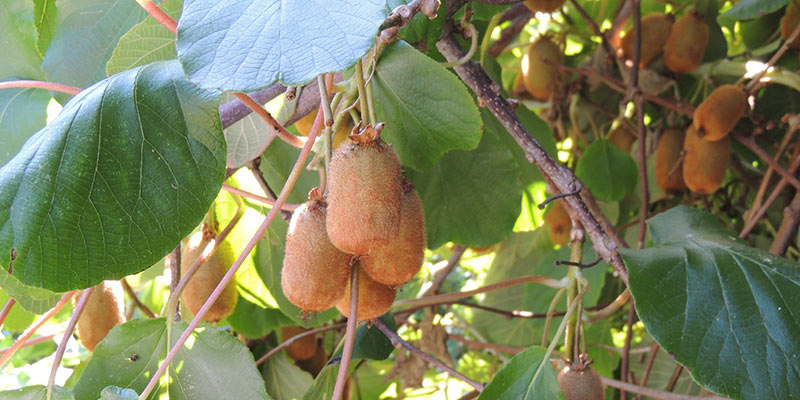Kiwi bush, all our special offers
Would this plant suit my garden? Set up your Plantfit profile →
Available in 1 sizes
The Kiwi, Chinese gooseberry or Yang tao – Actinidia deliciosa – is a hardy climber whose female plants produce ovoid fruits with hairy skin and slightly acidic green or golden flesh. There are few varieties of Kiwi where male and female flowers coexist. Therefore, to obtain beautiful fruits, you will need a male plant that will pollinate 5 to 6 female plants. Some recent varieties such as Solissimo and Arguta Issai are now self-fertile. The harvest of the fruits takes place in November. Widely used in Chinese medicine, this fruit is known for its high content of vitamin C and antioxidants. The Siberian Kiwi or Kiwaï - Actinidia arguta - produces early-season mini kiwis with smooth skin, and it is also hardier in our latitudes.
Haven't found what you were looking for?






























